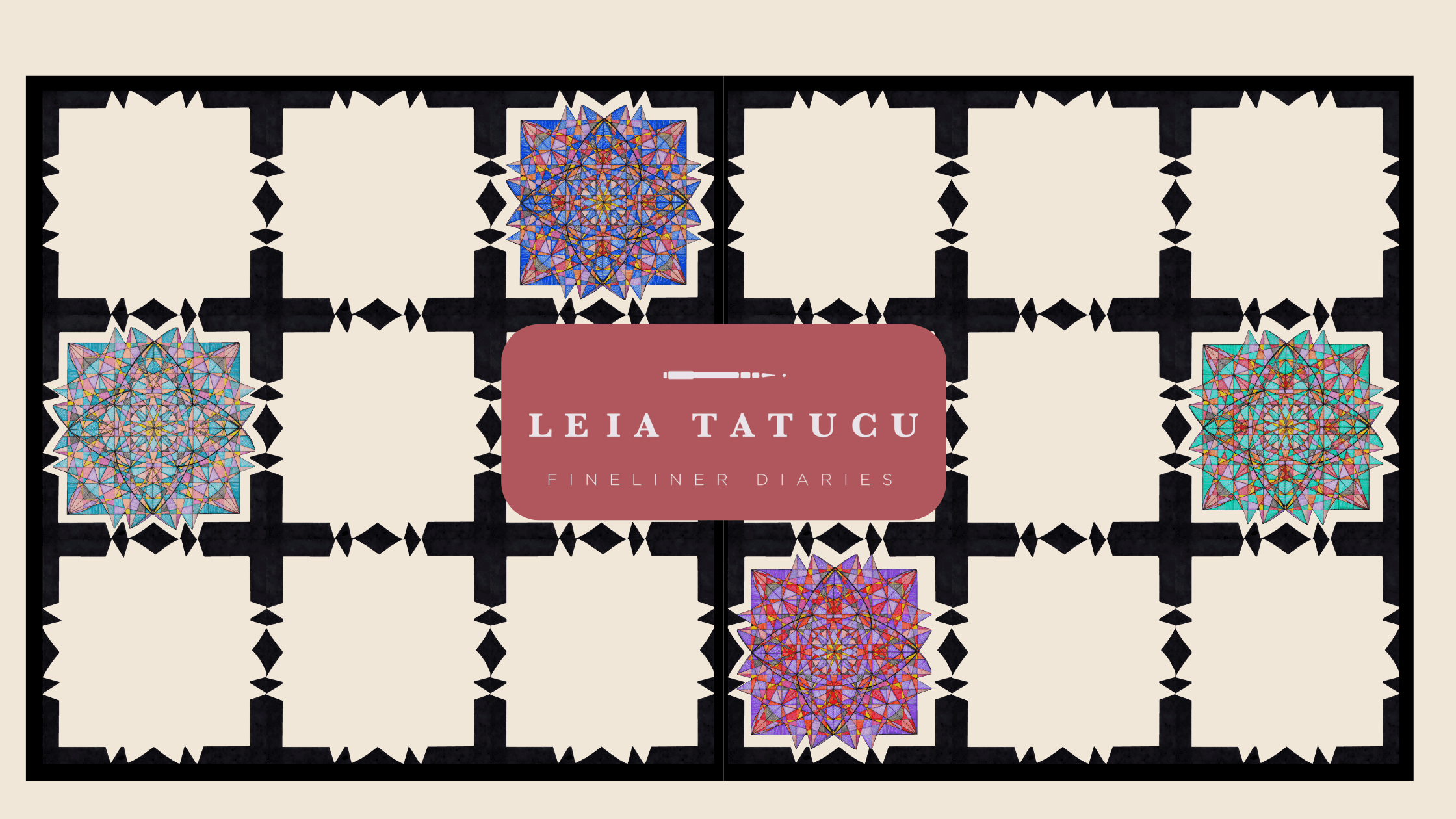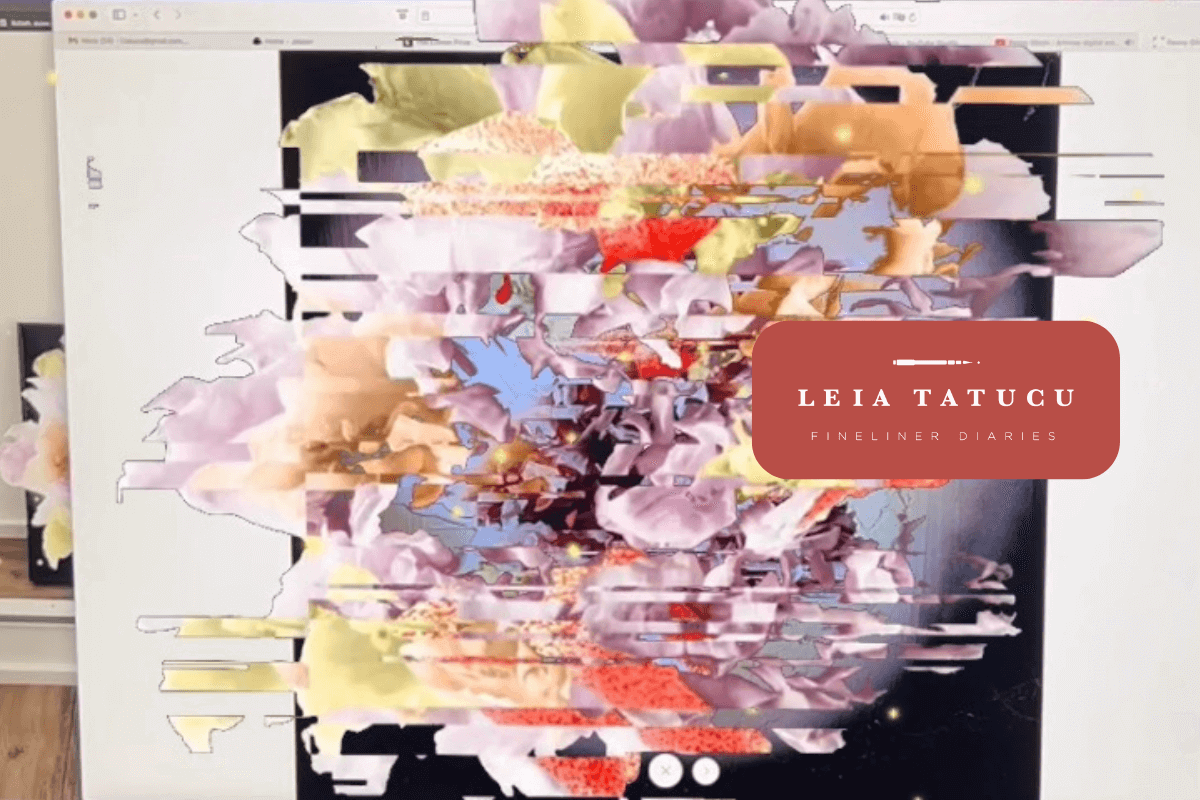
Transforming Spaces: The Artistic Use of Negative Space
Introduction to Negative Space
Have you ever looked at a piece of art and found yourself captivated by the empty spaces as much as the filled ones? That’s the magic of negative space. In visual arts, negative space refers to the areas around and between the subjects of an image. Far from being mere background, this "empty" space plays a crucial role in the composition, guiding the viewer's eyes, creating balance, and adding depth to the artwork.
Negative space is like the silence between musical notes—essential for giving rhythm and meaning to the whole composition. Understanding its role can transform the way you perceive and create art. Let's explore the significance of negative space and how artists harness its power to evoke emotions and tell stories.

Historical Perspective
Negative space has been a fundamental element in art for centuries, used by artists across various periods and cultures to enhance their compositions.
- Ancient Greece and Rome: Sculptors and architects like Phidias and Vitruvius understood the importance of proportions and the spaces between elements.
- Japanese Zen Art: The concept of "Ma," or emptiness, plays a significant role, emphasizing simplicity and the beauty of what is left unsaid.
- Renaissance: Artists like Leonardo da Vinci and Michelangelo masterfully used negative space to create depth and realism in their paintings and sculptures.
- Modern Art: In the 20th century, artists such as Henri Matisse and Pablo Picasso began exploring more abstract applications of negative space, challenging traditional concepts of composition. One of my favorites in the realm of negative space art is undoubtedly MC Escher.
Through these examples, we see that negative space has always been more than just a backdrop; it’s an active participant in the art itself.
The Psychological Impact
The use of negative space can have profound emotional and psychological effects on the viewer. By manipulating empty spaces, artists can evoke a sense of calm, tension, or intrigue.
- Calm and Serenity: Large areas of negative space can create a sense of tranquility and openness. For instance, minimalist artworks often use vast expanses of empty space to focus the viewer's attention on a single subject, evoking a sense of peace.
- Tension and Drama: In contrast, tightly controlled negative space can create a feeling of unease or suspense. The viewer’s eye is drawn to the areas of contrast, heightening the emotional impact of the piece.
- Intrigue and Curiosity: Ambiguous or cleverly used negative space can spark curiosity, inviting the viewer to look closer and discover hidden elements within the composition.
Artists skillfully use these techniques to control the viewer’s experience and emotional response to their work.
Techniques and Examples
Creating effective negative space requires a keen eye and a deep understanding of composition. Here are some techniques used by renowned artists:
- Silhouette: By focusing on the outline of the subject and leaving the interior empty, artists like Kara Walker create striking figures that draw attention to the surrounding space.
- Cutouts: Henri Matisse’s later works utilized cutouts, where the negative space became as important as the shapes themselves, creating a dynamic interplay between form and void.
- Layering: Contemporary artists like Banksy often use stenciling techniques to create layers of negative space, adding depth and complexity to their street art.
These techniques demonstrate how negative space can be manipulated to enhance visual interest and convey deeper meanings.

The Role of Negative Space in Contemporary Art
In modern art, negative space continues to play a vital role, influencing not only traditional art forms but also design, architecture, and digital media.
- Graphic Design: Designers use negative space to create clean, uncluttered layouts that enhance readability and user experience. The iconic "FedEx" logo, with its hidden arrow, is a prime example of effective negative space utilization.
- Architecture: Architects like Zaha Hadid incorporate negative space into their designs, creating buildings that flow and breathe, merging form with function.
- Digital Art: In digital media, negative space is crucial for creating balanced compositions that are visually appealing and easy to interact with. Websites, apps, and user interfaces all rely on effective use of negative space to guide users and improve functionality.
The versatility of negative space makes it a powerful tool across various creative fields, demonstrating its enduring significance.
Practical Uses of the Negative Space for Creatives
For those looking to incorporate negative space into their own work, here are some practical tips:
- Start with Sketches: Before finalizing a piece, create quick sketches to experiment with different compositions and the distribution of negative space.
- Simplify Your Elements: Focus on the essential elements of your composition, and remove anything that doesn’t add value. This will create more impactful negative space.
- Play with Proportions: Experiment with the size and placement of your subjects to see how it affects the surrounding negative space.
- Use Contrast: Utilize high contrast between the subject and the background to make the negative space stand out and create a stronger visual impact.
- Consider the Viewer’s Journey: Think about how the viewer's eye will travel across the composition, and use negative space to guide their gaze and create a harmonious flow.
By applying these tips, you can create compositions that are both visually striking and emotionally resonant.

Conclusion
Negative space is more than just an artistic technique; it’s a powerful tool that can transform the way we see and create art. Its ability to evoke emotions, create balance, and enhance storytelling makes it an essential element in any artist’s toolkit.
Whether you're an art enthusiast, a collector, or a creative professional, understanding the role of negative space can enhance your appreciation of art and spark new creative possibilities. Don’t just take my word for it—experiment with negative space in your own work and observe the difference it makes. Join the conversation and share your experiences with negative space art. Whether you're an artist who has delved into this technique or a collector who values its subtle impact, I'd love to hear from you. Let's inspire each other and continue to explore the transformative power of negative space in art.




Leave a comment
This site is protected by hCaptcha and the hCaptcha Privacy Policy and Terms of Service apply.